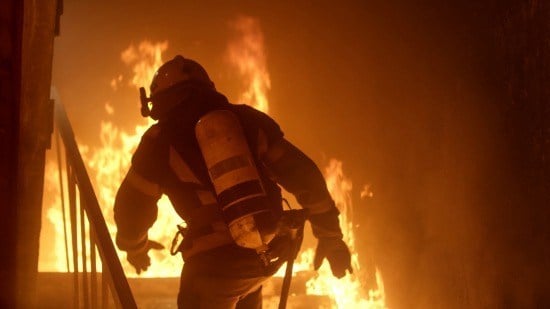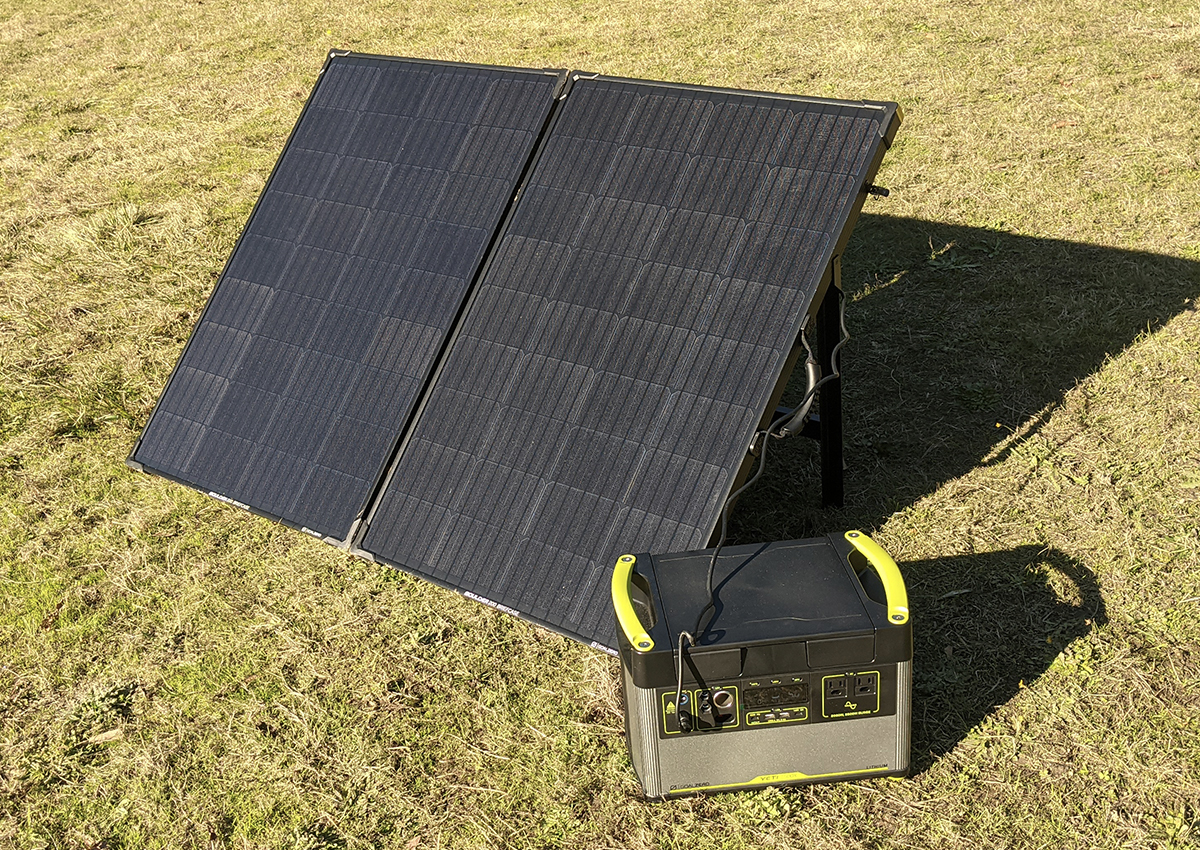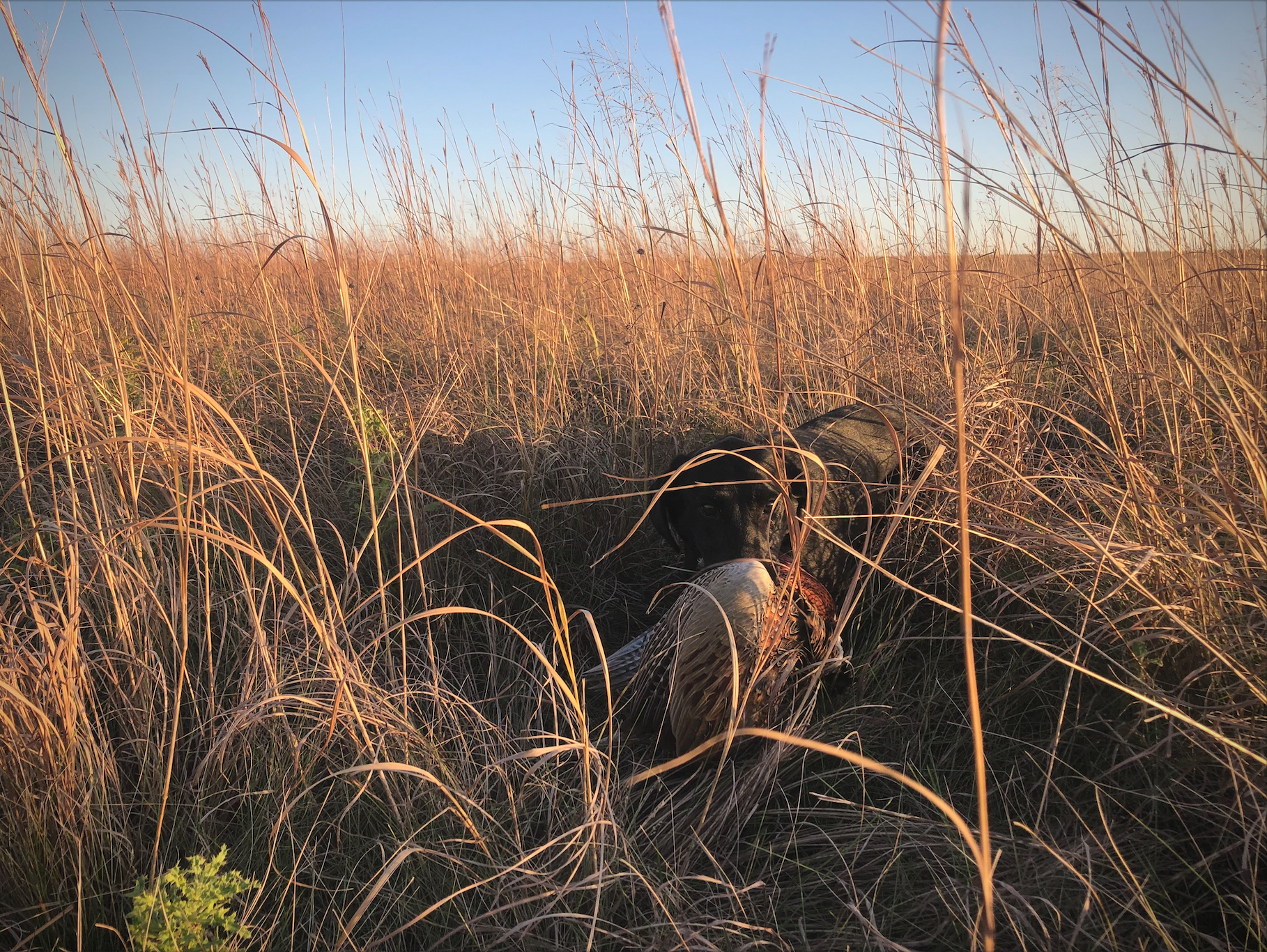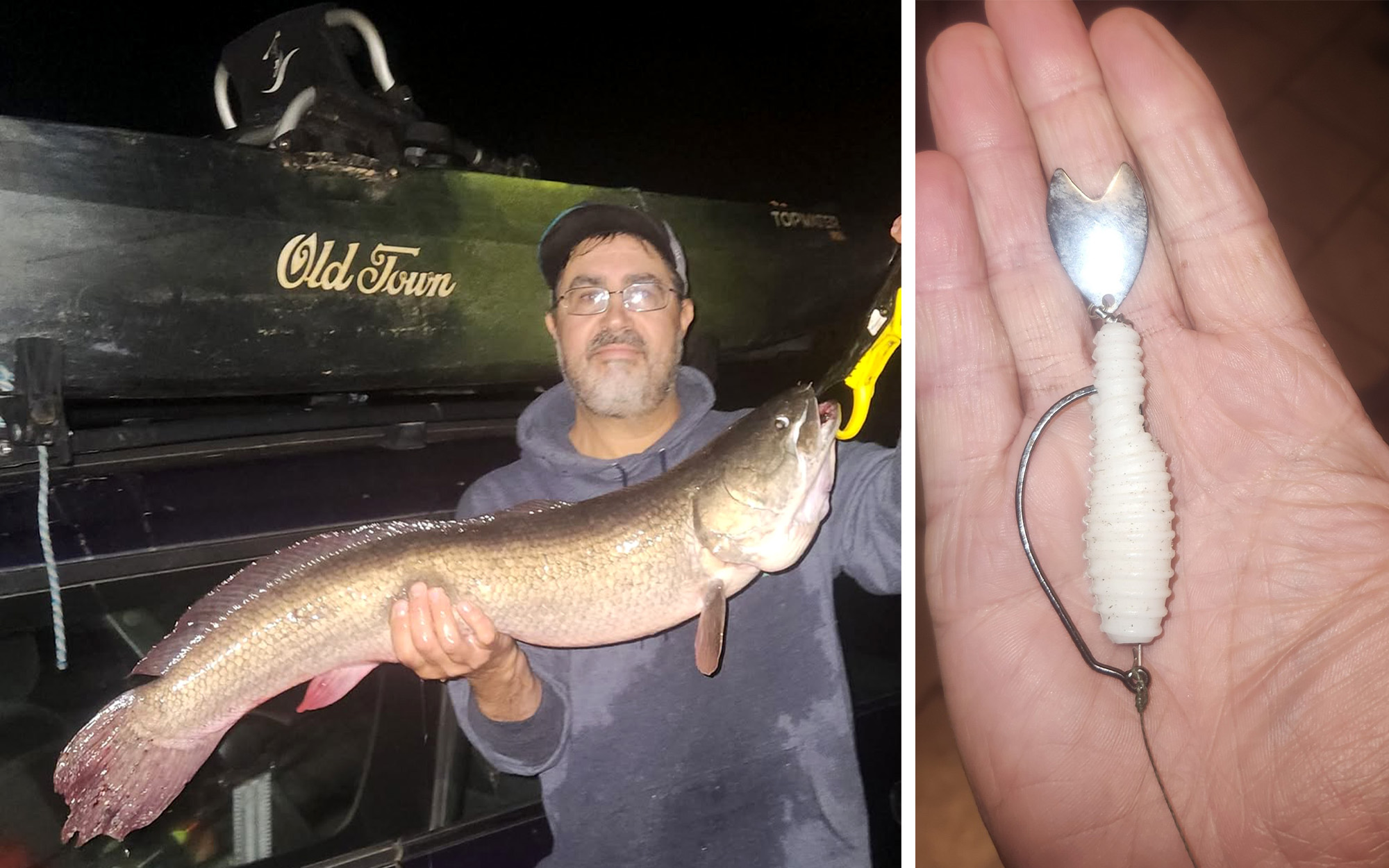Podcast: The “Fall Feed Bag” Is Mostly a Trout Fishing Myth
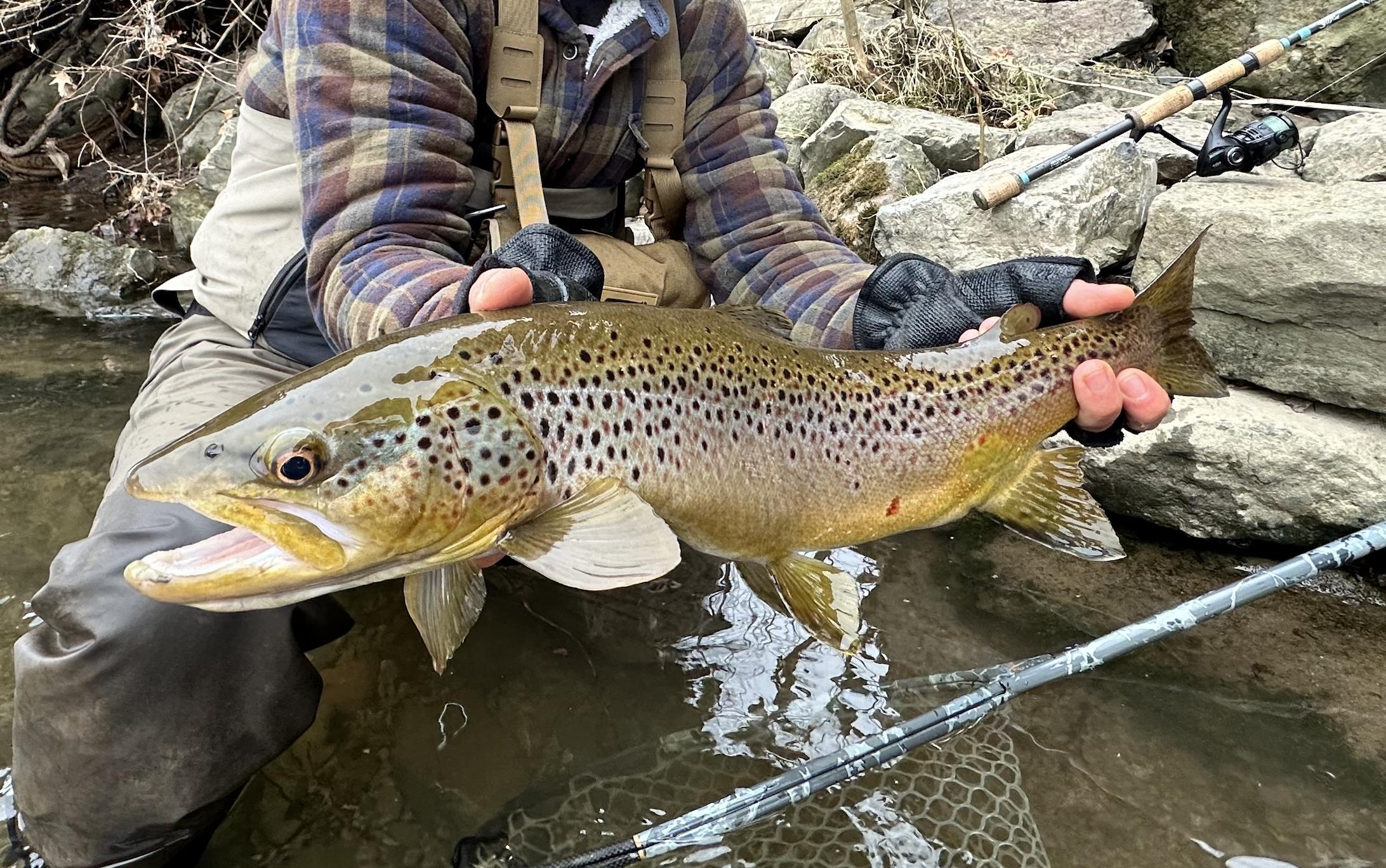
The idea of the “fall feed bag” permeates fishing media. It’s so prevalent that it’s conditioned anglers to think that come autumn, all the fish are gorging themselves in preparation for winter. To take it a step further, many people believe that this common misconception makes fall the best time to catch big fish and lots of them. To be fair, this rings true for a lot of species, especially in lakes or reservoirs that experience very little change in water level. But moving-water fish are different, and when it comes to brown trout in particular, the “fall feed bag” is more hype than reality.
In the flyfishing world especially, fall is regarded as “streamer season”—the time when wild browns shed all inhibition and recklessly gobble up as many creek chubs and baby trout as they can. The hype can be so overblown that you could be led to believe they lose all interest in more common foods like aquatic larvae. Now, that’s not to say big browns don’t get fooled by 6-plus-inch streamers and equally long jerkbaits this time of year…but it really has little to do with the season.
My friend and 15-year Montana guide, Miles Nolte, has chased trout all over the world. Now, he lives and fishes in New Zealand, home of some of the best—and most challenging—trout fishing in the world. I recently interviewed him on the Quick Strike podcast and his insights on the “streamer season” myth will not only help you catch more trout year-round but make you a ringer in the fall even when those big streamers won’t get it done.
Forget the Calendar
Fish have no idea what seasons are, at least not the way we think about them. Their lives and behaviors are dictated by three key things—water conditions, temperature, and the amount of daily sunlight. All fish alter their routine based on how these factors change, but when it comes to big, smart fish in moving water, I’d argue that nothing dictates their willingness to hammer big lures and flies more than water level and color. This is especially true of wild brown trout.
“When flows come up, there’s a lot more water moving and a lot more food moving,” says Nolte. “All the smaller fish that had their safe spot kind of staked out get moved around. So, when the water comes up, the big fish, medium fish, and little fish end up occupying the same areas because the conditions don’t give them many options. They’re often all pushed into those slower pockets together. And what do you think the big fish are doing when they’re shoulder to shoulder with the little fish?”
If it’s big hits on big lures and flies you want, higher, stained water will provide the best fix. Nolte points to “minty green” water as his favorite. This occurs often out West after a freestone river blows out completely, and then begins to drop. Off-color water also makes big fish less wary and, therefore, quicker to make big moves they wouldn’t otherwise make. But the bottom line is that these are the right conditions for aggressive presentations all year long.
When are they most common? During the spring. But if your river experiences them in the fall, that’s great. “Streamer season” loses its magic very quickly, though, if you’re dealing with low, clear water, which is common in autumn throughout much of the country. Therefore, monitoring flow data online for the rivers you fish is critical. By doing so, you’ll be able to pinpoint the best times to throw big flies and lures throughout the year.
Read Next: The Best Trout Lures
Hunt the Fast Lane
Do trout actually eat more in the fall? It’s up for debate but based on anecdotal observations during his many years of guiding, Nolte doesn’t believe so (and neither do I). While modern fishing media is telling you to go bigger and badder this time of year, both of our experiences dictate the opposite—assuming rain or other factors aren’t creating those perfect big-fly conditions.
Where I live in the Northeast, October and November water conditions often look like August and September water conditions. Yes, they’re cooler, but they’re gin clear and slow pockets and eddies are often covered in floating leaves. A common practice under these conditions is to target the deep, dark holes scattered between the low, clear riffles. But Nolte points out that doing so doesn’t make sticking big trout on big offerings any easier.
“A big hole might look really sexy,” he says. “You’re wondering what beasts lurk in there? But those holes are also very slow moving. The fish in them have lots of look time, and those holes get hit often. A better bet would be targeting the bottom ends of the fastest whitewater you can find. Out West, when the water is really low in the summer, that’s where I throw big streamers. People don’t even think trout would hold there, but they do because it’s well oxygenated. Then, when a baitfish or your streamer swings by, they don’t have time to think. They just eat.”
Keep in mind that a big hole might be where a big trout lives, but not necessarily where it eats all its meals. A fish tight to the bank is looking for food and ideal streamer conditions put them there. If the banks are low and would expose the fish, they simply won’t be on the banks.
Small Steps
One of the best things about ideal streamer conditions is that they allow you to land heavy fish more consistently. If you have stained water you don’t need to worry too much about trout being spooky, so you can get away with using heavier lines and leaders. Approaching less-than-ideal conditions with beefed up tackle, however, can be a recipe for failure. Even when the water is low and clear, you can experience incredible fishing if you play your cards right.
“Throughout most of my guiding career, fall fishing meant downsizing,” says Nolte. “You’re using delicate leaders and smaller flies, but the fish will eat.”
Read Next: The Best Winter Trout Flies
One benefit of low, clear fall water is that it exposes food sources that are not as easy to capitalize on during higher water periods. Crayfish are a prime example. When the water is up or off-color, they can move between the rocks on the bottom and remain largely undetected, but not when the water’s low and clear. Instead of trying to draw an aggression strike out of a large brown that has its guard up due to the conditions, downsizing to a crayfish fly or light crayfish soft plastic can actually score you a trophy faster than “chucking the meat.”
Read the full article here




